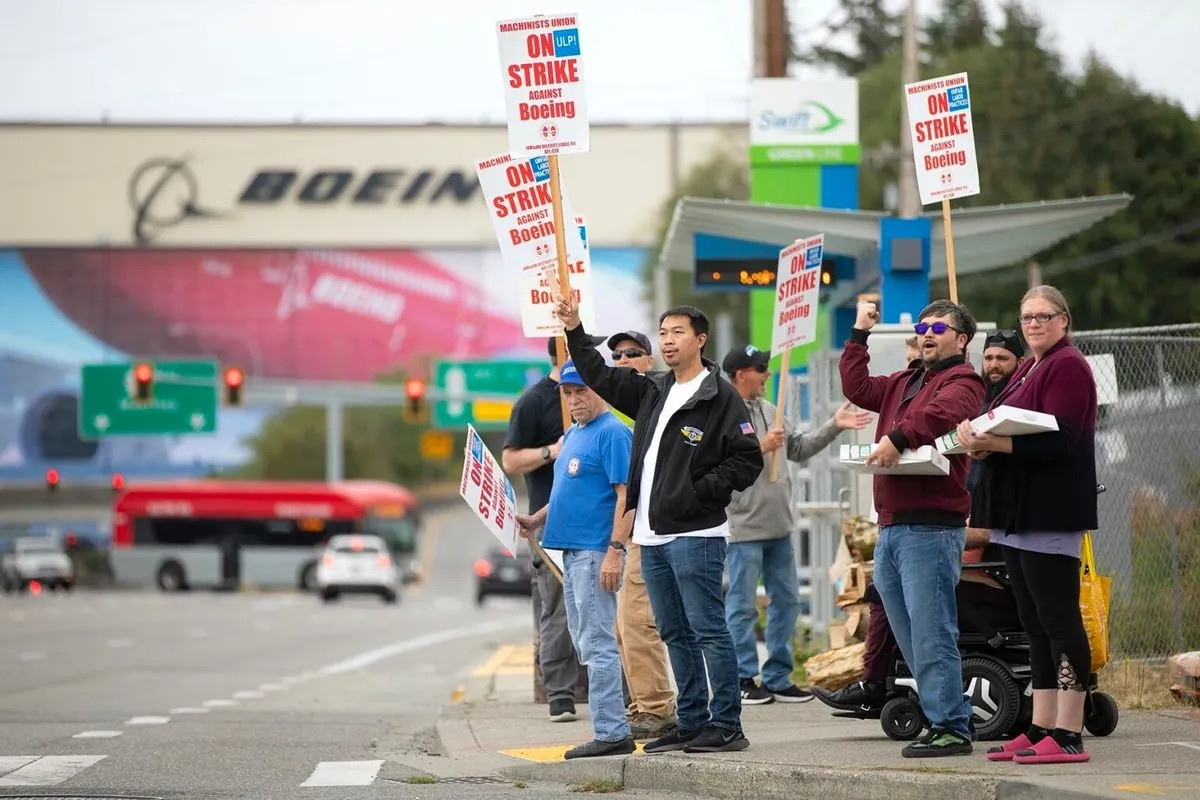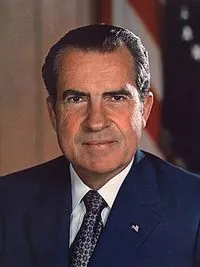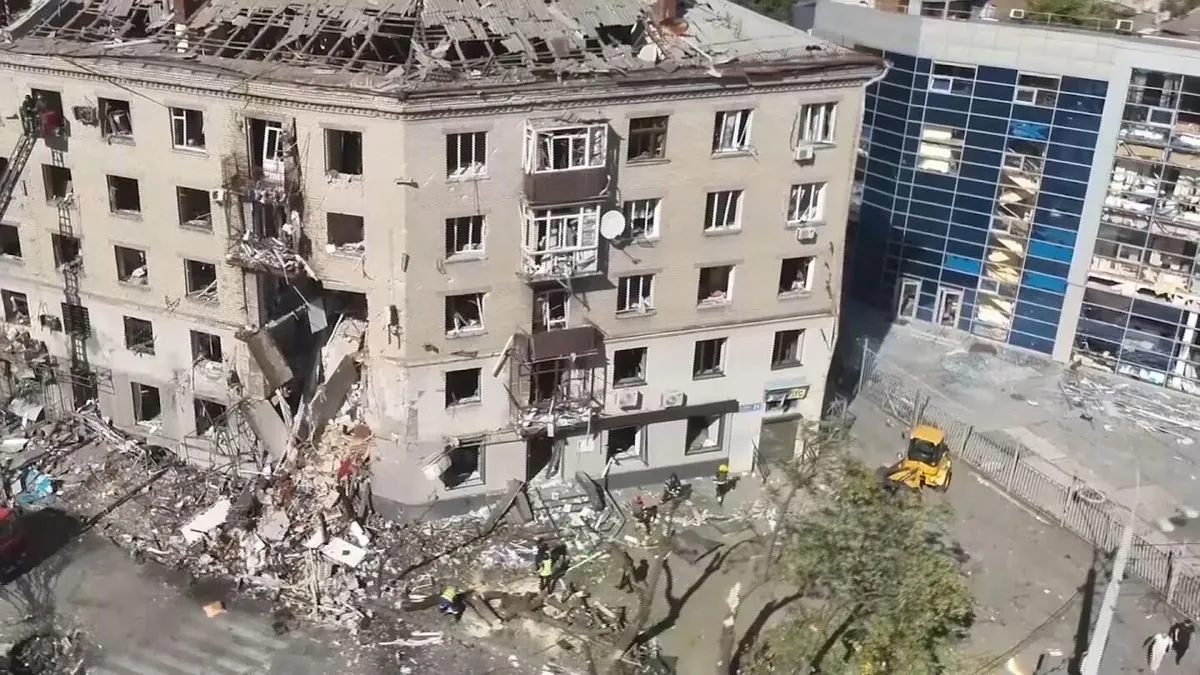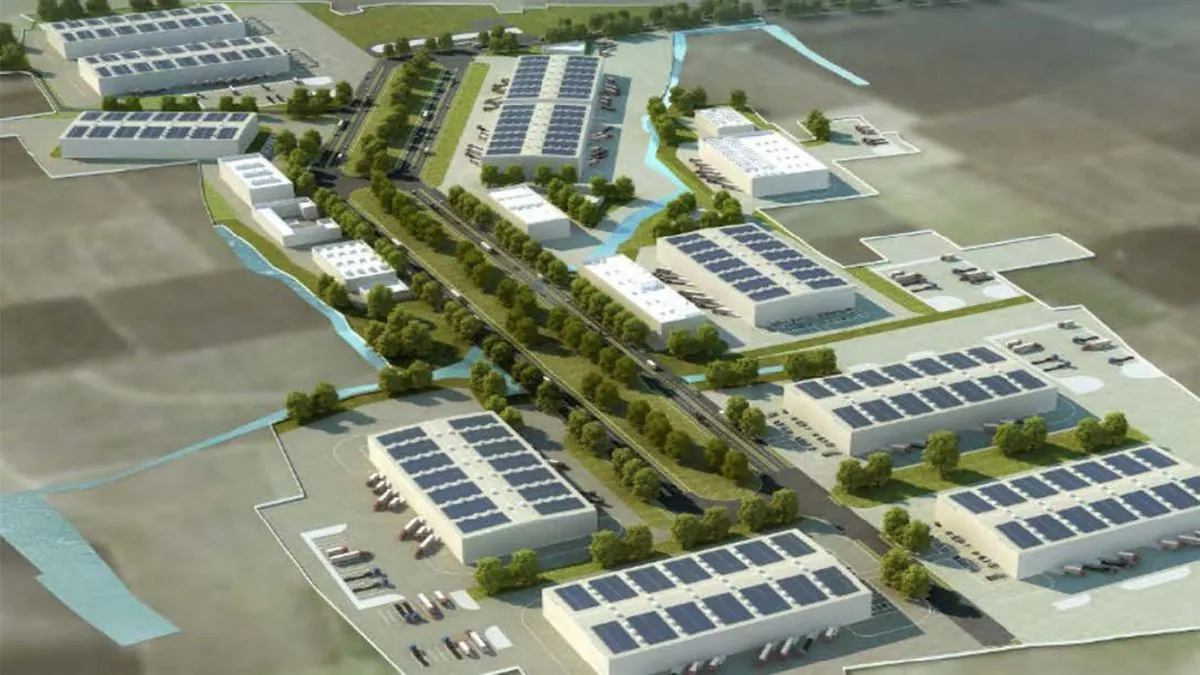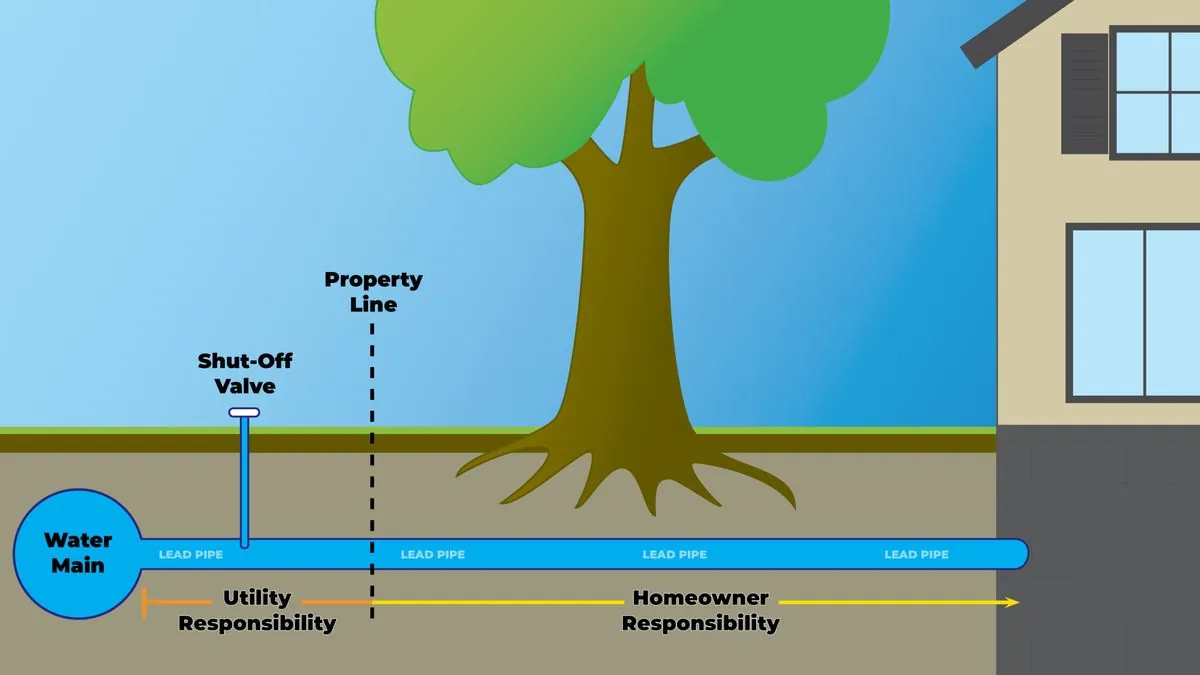Nuclear Power's Potential Resurgence Amid AI Energy Demands
Increasing AI energy needs prompt nuclear plant revivals, but economic and logistical challenges persist. Industry faces hurdles in standardization and long-term commitments for sustainable growth.

The surge in artificial intelligence (AI) technology is driving an unexpected resurgence in nuclear power. As data centers consume increasingly vast amounts of energy, the United States has approved the reopening of a dormant nuclear facility at Three Mile Island, with another plant in Michigan set to restart in 2025. This development has sparked discussions about a potential comeback for nuclear energy, despite significant economic and operational challenges.
The U.S. Department of Energy projects a 20% increase in electricity demand over the next decade, a stark contrast to the stagnant consumption of the past 20 years. This growth is primarily attributed to the expanding data centers and the burgeoning AI industry. Sam Altman, co-founder of OpenAI, has proposed constructing mega-data centers that would each require 5 gigawatts of power, equivalent to six units managed by Constellation Energy.
To put this in perspective, the United States currently has approximately 1,200 GW of utility-scale electricity generation capacity. The challenge lies in providing consistent, environmentally friendly power to meet this growing demand. While renewable sources like solar and wind are popular, they face limitations in providing round-the-clock energy without significant storage solutions.
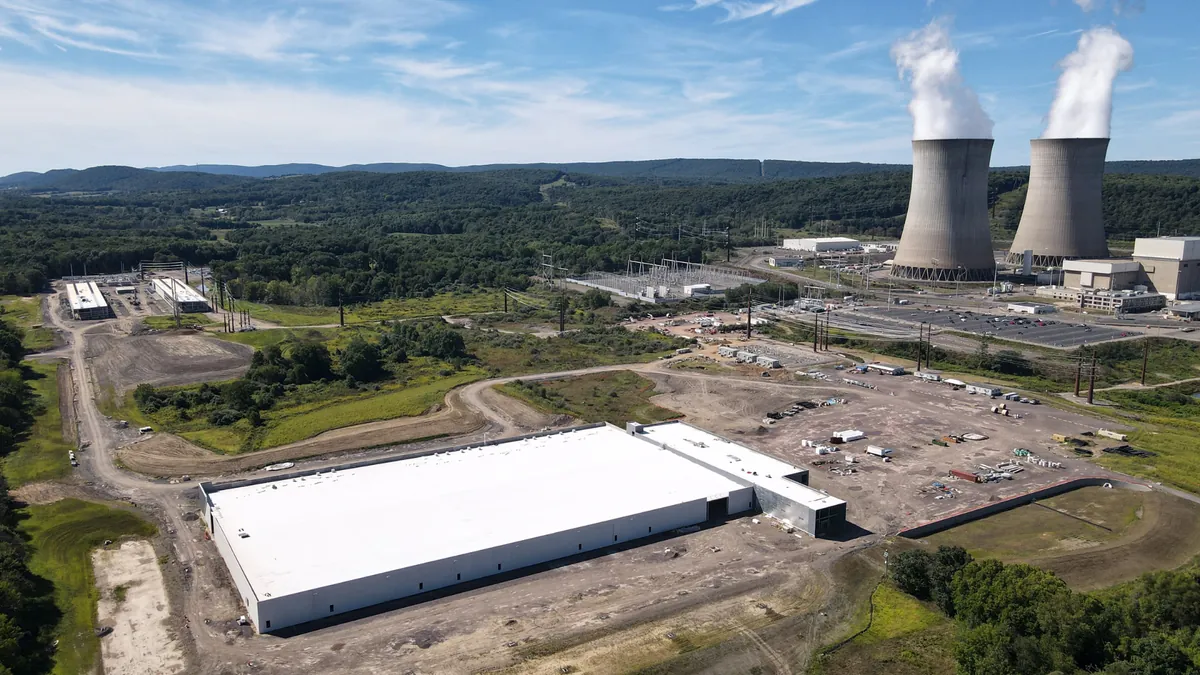
Nuclear power presents a carbon-free alternative, capable of meeting the constant energy needs of data centers. However, the industry faces several obstacles:
- Public perception: Concerns about nuclear waste and potential accidents, exacerbated by events like Chernobyl and Fukushima, have dampened public support.
- Economic viability: Nuclear plants are expensive to build and often face cost overruns and delays. The Vogtle reactors in Georgia, for example, took 15 years to construct and cost twice the initial estimate.
- Competitive landscape: Solar and wind energy have significantly lower costs and faster implementation times.
Despite these challenges, restarting dormant nuclear plants appears economically viable. Constellation Energy estimates the cost of reactivating the Three Mile Island facility at $1.6 billion, with potential annual tax credits of $100 million. Microsoft has agreed to purchase the plant's output at a rate between $110 and $115 per MWh, potentially yielding a high return on investment.
For new nuclear construction to become feasible, several factors must align:
- Long-term power demand assurances
- Reasonable financing terms
- Government support and risk-sharing
- Increased public acceptance
Standardization of reactor designs could significantly reduce construction costs and timelines. While small modular reactors show promise, they remain unproven, making convergence around established larger designs more likely.
"The cost of nuclear power might fall as low as $60 per MWh."
If these challenges can be overcome, nuclear power could become more competitive with natural gas, though still pricier than solar. However, the level of coordination required for this transformation is formidable, potentially rivaling the complexity of nuclear fission itself.
As the world grapples with increasing energy demands and the need for clean power sources, the nuclear industry stands at a crossroads. Its future hinges on overcoming significant hurdles in economics, public perception, and project management. The coming years will determine whether nuclear energy can reclaim its position as a cornerstone of the global energy landscape in the age of AI.







